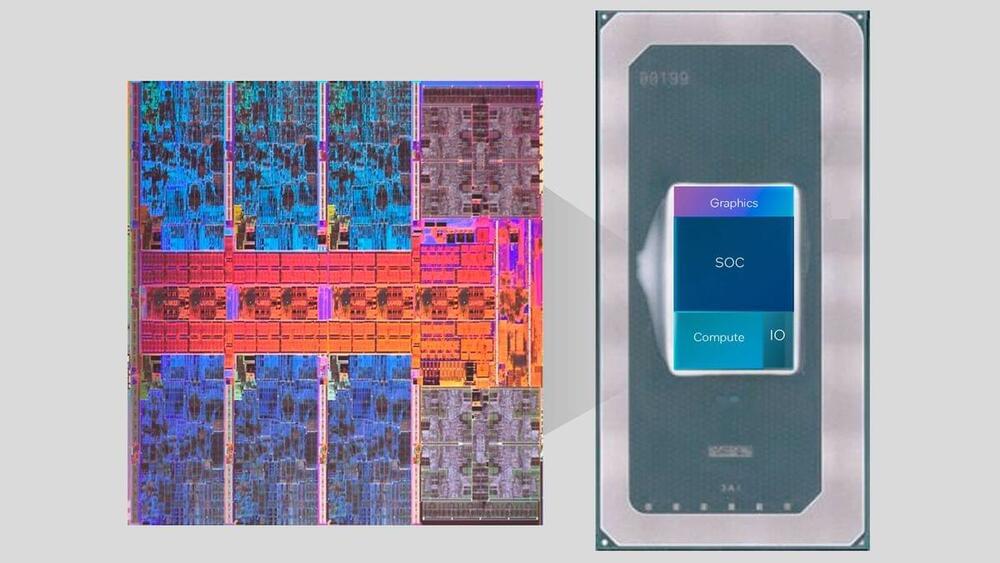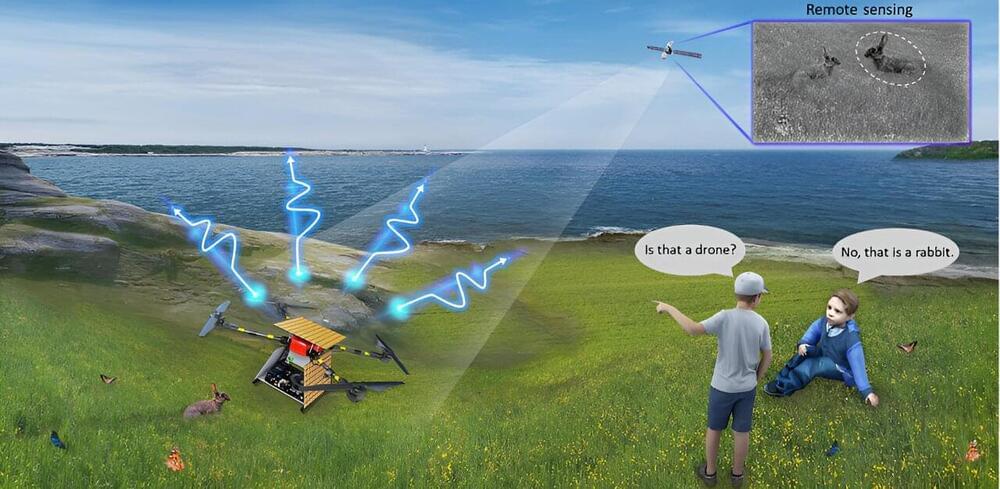Daimler Truck North America just launched a dealer certification program to ensure a “world-class” experience for its electric truck buyers.
The Battery-Electric Vehicle (BEV) Dealer Certification Program isn’t intended to be just another badge for dealers to hang in their showrooms; it DTNA working to ensure quality control at its Freightliner dealerships.
DTNA’s heavy-duty Freightliner eCascadia and medium-duty eM2 trucks are already operational in over 50 fleets across the US, amassing more than 4 million electric miles, so the dealership certification program is timely.








